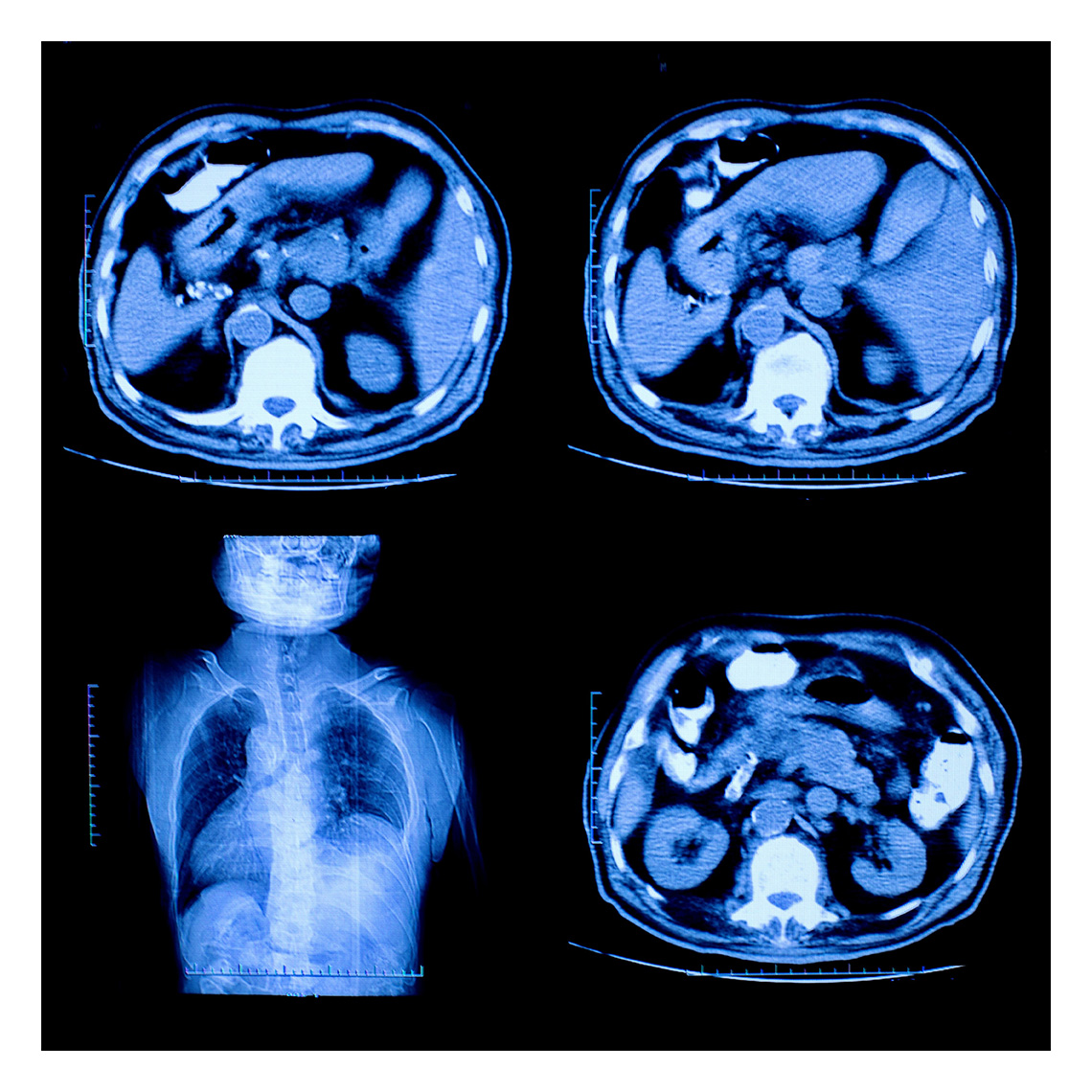Newsletter
Miscommunication: Who, What, Where, When, How, and Why
Mar 27, 2015
Generally, patients who allege medical malpractice challenge a clinician’s judgment or technical skill, or they impugn the clinical systems upon which those individuals depend. But in 11 percent of malpractice cases, inadequate communication of critical information between health care providers at a critical time in the patient’s diagnosis or treatment was a significant factor.
| 23,648 | Cases asserted 2009–13 | ||
| 2,668 (11%) | cases involved provider-to-provider communication breakdowns | ||
| 69% (of 2,668) | reflect communication about the patient's condition |
Provider-to-provider communication breakdowns cover a broad range of interactions and participants. Common examples found in CRICO’s Comparative Benchmarking System database include:
- PCP unaware of patient’s ED visit and need for follow up
- ED nurse didn’t relay concern to colleagues about patient’s instability at discharge
- Hospitalists didn’t convey patient’s post-discharge care plan to PCP
- Nurse didn’t inform Radiology of patient’s fall risk
- Operating room discord interfered with response to patient crisis
- Physical therapist didn’t share worrisome patient condition with PCP
- Resident received contradictory information regarding patient’s DNR status
- Multiple team members unclear on patient’s Coumadin management
- Specialist unclear why PCP sought a consult
Across all settings and professional roles, we see that health care communication is complicated by breakdowns throughout the process of getting important information from Person A to Person B.
Who: The decisions about who did or didn’t need critical information was misguided.
What: Details were incomplete, too comprehensive, or too cryptic, leaving the recipient to fill in the gaps or sort through jargon, shorthand, or extraneous information to find what really mattered.
When: Information critical to a patient’s diagnosis or treatment was not shared—or was shared too late for subsequent providers to process it in context.
Where: The setting in which the communication was conducted left an unintended impression of its importance, e.g., an off-hand remark in the restroom vs. a planned discussion in a clinical setting.
How: An email to someone who relies on texting; a text when phoning was called for, a phone call when the communication needed to be face-to-face. Format sends its own message about import and urgency: tone and pace may matter as much as content.
Why: Person A’s reason for sharing information was unclear to Person B, or the reason Person B needed missing information was unclear to Person A.
Vigilance to the who, what, when, where, how, and why of critical clinical information protects your patients from being harmed, and buffers you and your colleagues from allegations of miscommunications and medical malpractice.
Additional Material
- Pre-op Findings Could Have Prevented Extra Surgeries
- Incidental Finding on Routine X-ray Not Pursued By Radiologist or Ordering MD
- Are You Complicating Your Consults
Latest News from CRICO
Utilization of Electronic Health Record Sex and Gender Demographic Fields: A Metadata and Mixed Methods Analysis


Surgeon’s Coaching Techniques in the Surgical Coaching for Operative Performance Enhancement (SCOPE) Program

